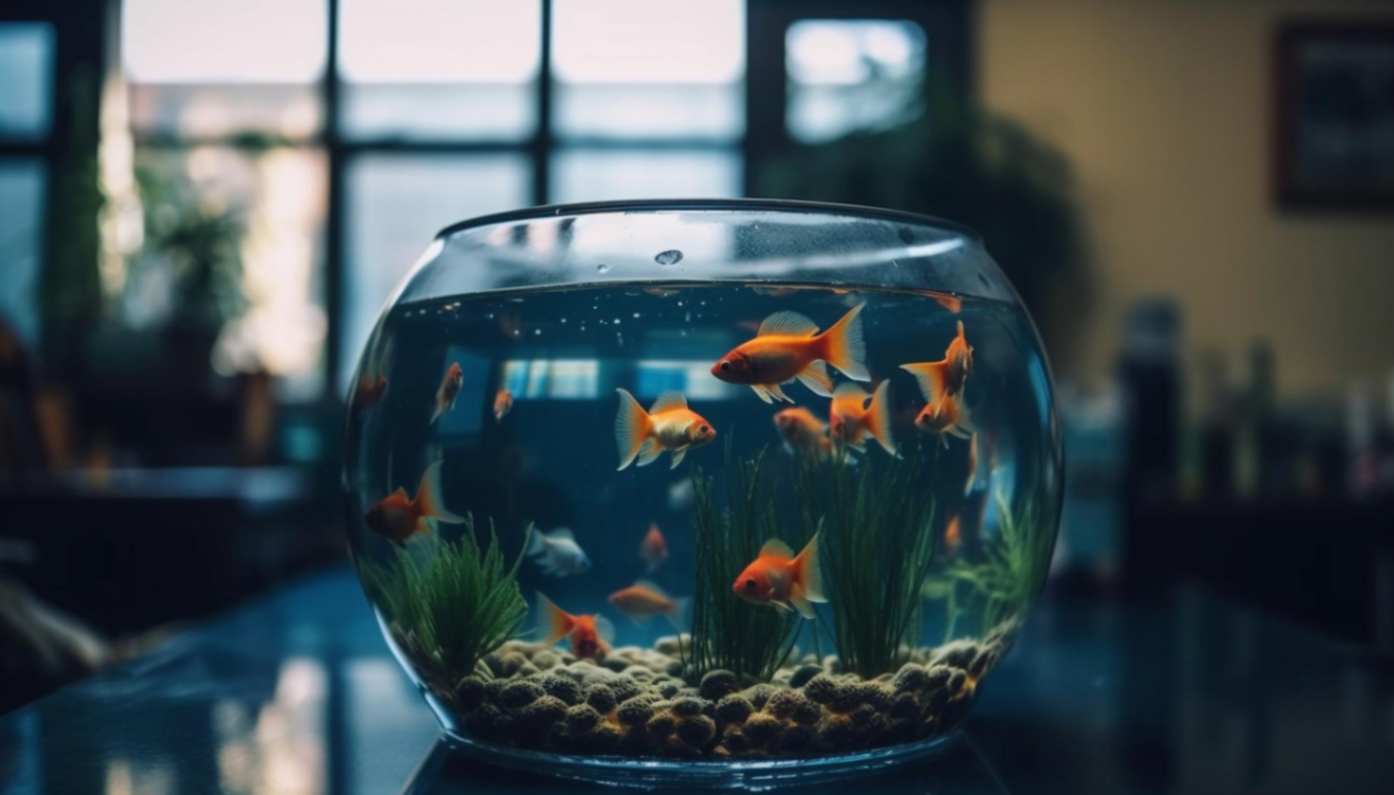
Welcome to the world of aquaponics! If you’re looking to create a sustainable ecosystem in your home, an aquaponics fish tank is the way to go. Not only will you have a beautiful tank full of fish, but you’ll also be able to grow your own fresh produce. Let’s dive into the ins and outs of aquaponics fish tanks.
What is an Aquaponics Fish Tank?
An aquaponics fish tank is a self-contained ecosystem. It combines fish farming with growing plants in water. The fish waste has key nutrients for the plants. The plants filter the water for the fish. It’s a symbiotic relationship that benefits both the fish and the plants
Benefits of Aquaponics Fish Tanks
Sustainable way to grow food
Saves water compared to traditional farming methods
No need for chemical fertilizers or pesticides
Low maintenance once set up
Educational for kids and adults alike
How to Set Up Your Aquaponics Fish Tank
- Choose the right tank size for the distance you have got to be had.
- Set up a filtration machine to keep the water clean in your fish.
- Add grow beds for your flowers to thrive in.
- Introduce fish to the tank – pick out species which are appropriate for aquaponics.
- Monitor the pH levels and temperature of the water regularly.
Choosing the Right Fish
Not all fish are suitable for aquaponics systems. Some popular choices include:
Tilapia
Goldfish
Koi
Catfish
Maintaining Your Aquaponics Fish Tank
Feed your fish regularly with high-quality fish food.
Check the water parameters weekly to ensure a healthy environment.
Harvest your plants as they grow and enjoy the fruits of your labor.
Troubleshooting Common Issues
Algae growth in the tank: Add floating plants to outcompete the algae for nutrients.
Fish not eating: Check the water temperature and health of the fish.
Plants not growing: Adjust the pH levels and ensure the plants are receiving enough light.
1. Understanding Aquaponics
Before diving into the setup technique, let’s first understand what aquaponics is. Aquaponics is a sustainable gardening approach. It mixes fish farming with growing plants in water. In an aquaponics system, fish waste has vitamins for the vegetation. The flowers filter the water for the fish. This creates a symbiotic dating that advantages both.
2. Choosing the Right Fish Tank
The first step in building your aquaponics setup is deciding on the proper fish tank. Choose a tank size that fits your space and wishes, keeping in mind the range and size of fish you plan to raise. A 50-gallon tank is great for beginners. It offers enough space for a small aquaponics gadget.
3. Setting Up the Fish Tank
Once you have got your fish tank, it’s time to set it up. Start by using very well cleaning the tank and filling it with water. Install a filtration system to maintain the water easy and oxygenated on your fish. You’ll also want a heater. It will keep the water at the right temperature for your fish.
5. Choosing Fish for Your System
Consider water temperature, pH levels, and plant compatibility. Use these factors when choosing fish for your aquaponics setup. Common fish species utilized in aquaponics consist of tilapia, trout, and catfish. Research the needs of each species. Pick fish that can thrive in your climate and setup.
5. Adding Plants to Your System
With your fish tank set up, it is time to feature plant life for your aquaponics device. Choose plants that thrive in hydroponic environments. These include leafy greens, herbs, and certain fruiting crops like tomatoes and peppers. Start with some types to get a feel for what grows first-rate on your system.
6. Building a Grow Bed
The next step is to build a develop mattress to your flowers. This may be as easy as a large box packed with a growing medium like gravel or accelerated clay pellets. Put the grow mattress above the fish tank. This way, the water can flow into it to give the plants vitamins.
7. Creating a Water Circulation System
In an aquaponics machine, water circulation is crucial for retaining the fitness of both fish and vegetation. Install a pump to flow into water from the fish tank to the grow mattress and again once more. This non-stop waft of water guarantees that nutrients are flippantly disbursed all through the system.
8. Adding Beneficial Bacteria
Beneficial bacteria are crucial in an aquaponics machine. They convert fish waste into vitamins that plants can absorb. To kickstart the increase of useful bacteria, you can add a bacterial starter way of life in your fish tank. These cultures include tiny vital organisms. They establish a healthy atmosphere for your aquaponics setup.
9. Maintaining Your Aquaponics System
Once your aquaponics machine is running, you must maintain it well. This is vital to keep your fish and plants healthy and productive. The regular duties are to monitor water quality, feed fish, and prune and harvest flowers. You also do routine upkeep on equipment.
10. Enjoying the Fruits of Your Labor
Your aquaponics device is nearby. All that’s left to do is sit and enjoy the fruits of your hard work! Watch as your fish grow and thrive. Harvest sparkling, homegrown greens and herbs for delicious food. You’ll save cash on groceries. You’ll also enjoy knowing that you’re growing food sustainably and green.
Conclusion
Making an aquaponics fish tank is rewarding. It benefits you and the environment. By following these steps, you can set up your own sustainable ecosystem at home. Start your aquaponics journey today. Enjoy the beauty of fish and plants thriving together in harmony.

